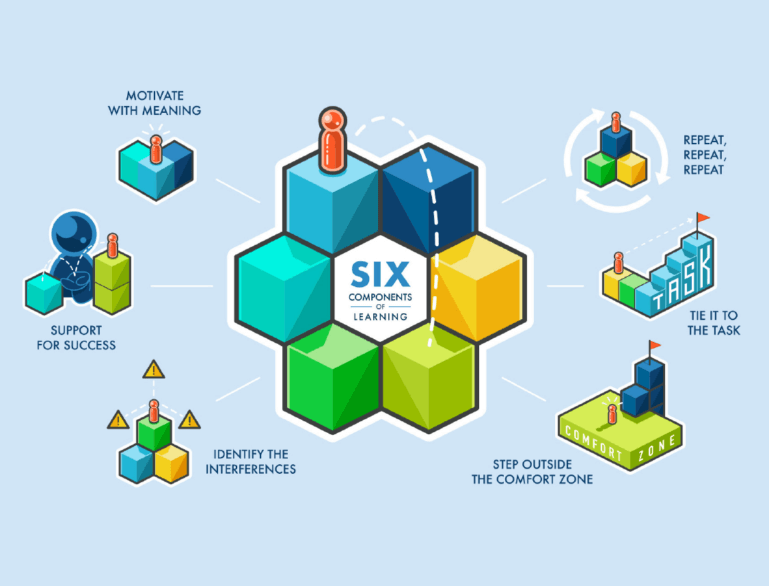Many people think about what it would be like to be better at acquiring skills and achieving goals. At QLI, we take pride in our dissection of what it takes to understand what we do, why we do it, and how we can optimize our chances of being successful. In doing this, we have identified six Learning Mantras that are fundamental to QLI’s mission and tri-dimensional rehabilitation model. Should any of us face some sort of roadblock or conflict, the mantras are available to guide us when searching for a way to proceed.
They can be applied in any order and together they provide a pathway toward self-improvement.
The first of the six Learning Mantras is “Motivate with Meaning.” The essence of this mantra is 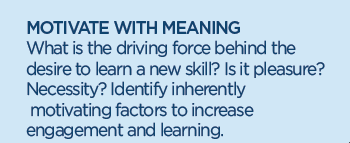
The second of the six Learning Mantras is “Tie It to the Task.” When we set a goal, we often do so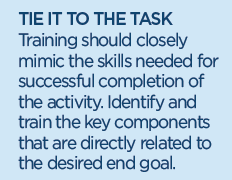
The third Learning Mantra is to “Identify the Interferences.” This mantra highlights the importance of questioning what might get in the way of completing a goal. Put simply, what external factors or internal 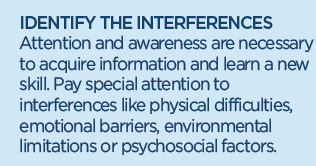
The next Learning Mantra is “Support for Success.” This mantra deals with identifying both internal and external supports. Evaluating internal support and self-analysis may involve engaging in journaling or biofeedback activities to gain control over a bodily function, such as heart rate. External supports come from other people you can rely on for constructive feedback and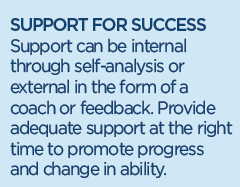
Learning Mantra number five is “Repeat, Repeat, Repeat.” This mantra is central to the principle of neuroplasticity that underlines much of rehabilitation. Neuroplasticity involves building new connections within the central nervous system. These new connections form only after we have repeated a task or routine hundreds and hundreds of times. Thus, it is important to schedule time to practice routines in service of 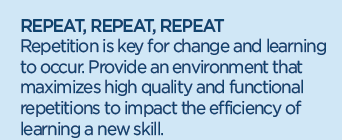
The final mantra—“Step Outside the Comfort Zone.” This is a concept that we all struggle with to a certain degree. We usually like to be in our comfort zone and function within the safe boundaries of those things we have done before. However, this means that change, growth, and learning cannot flourish. By definition, learning requires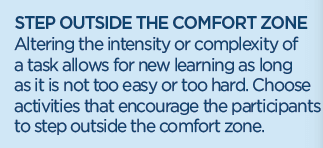
For more information about the Learning Mantras, click here.
Categories: Corporate Culture, Learning, Learning Mantras, Neuroplasticity

